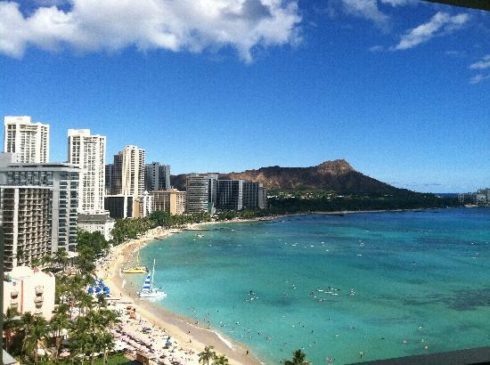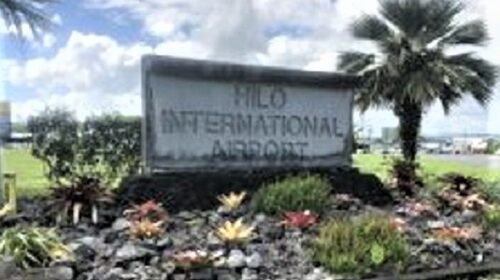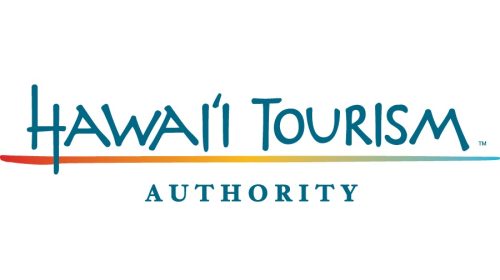Hawaii economic growth: Steady as she goes
In a report released today by the Hawaii Department of Business, Economic Development and Tourism (DBEDT) it revised its projection on Hawaii economic growth downward to 1.5 percent for 2018 from 1.9 percent projected in the previous quarter.
The third quarter 2018 Statistical and Economic Report revealed that labor market conditions continue to be the best in the nation and tourism growth is still strong. The most recent economic data from federal sources indicate that Hawaii’s economic growth during the first quarter of 2018 was at 1 percent and the Honolulu consumer inflation was at 1.6 percent for the first half of 2018. Both numbers came out much lower than projected.
During the first seven months of 2018, Hawaii continued to have the best labor market in the nation with an average unemployment rate at 2.1 percent, which was the lowest in the nation and the lowest rate in Hawaii’s history. For statewide employment, the number of people who are either employed for pay or self-employed, was at a record high level during the first seven months of 2018 at 673,200. The average number of people who were still looking for jobs and available to work was at the historical low level of 14,550 during the first seven months of 2018.
Non-agriculture payroll jobs increased by 10,300 during the same period. Visitor arrivals registered the best half year during the first half of 2018 with 4.9 million visitors coming to Hawaii by airplanes. The corresponding nominal visitor expenditures increased 10.8 percent during the first half of 2018. Total number of air seats on scheduled flights to Hawaii, a leading indicator of the tourism industry, increased 10.2 percent during the first half of 2018 and is expected to increase by 6.2 percent during the rest of 2018.
“Hawaii’s economic conditions remain healthy,” said DBEDT Director Luis P. Salaveria. “Even though we are now entering a slower growth period of around 1.5 percent annual growth, the lower growth rate will be accompanied by a lower rate of inflation. Our economic growth rate during the past three years (2015-2017) was 2.4 percent.”
The tourism industry accounted for more than half of the 10,300 jobs gains during the first seven months of 2018. Food services added 4,200 jobs, and accommodation added 1,000 jobs. Healthcare and social assistance added 2,700 jobs, professional and business services added 2,000 jobs. A few industries experienced job losses, which included state government (-1,300 jobs), retail trade (-500 jobs), information (-200 jobs) and manufacturing (-100 jobs).
“We are encouraged to see that the value of private building permits increased 3.9 percent during the first half year of 2018. If this trend continues for the second half year, the construction industry will perform well in 2019, since it takes a few months to start construction after permits are issued,” said Chief State Economist Dr. Eugene Tian. “The value of government contracts awarded increased 151 percent during the first half of 2018.”
The most recent economic forecasts by more than 50 top economic research organizations (the Blue Chip Economic Indicators) released a report (Aug. 10) that the U.S. and world economies will experience steady growth in 2018 and 2019, and the U.S. economy will experience accelerated growth at 2.9 percent in 2018 and 2.6 percent in 2019. Hawaii’s economic growth rate will be lower than that of the nation. During the past 30 years, Hawaii’s economic growth rate was at 1.8 percent a year on average, while the economic growth rate for the U.S. was 2.5 percent for the same period.
DBEDT revised the visitor industry forecast slightly upward with visitor arrivals now growing at 6.1 percent for 2018, 1.6 percent for 2019 and 1.3 percent for 2020. Growth of visitor expenditures will be at 9.2 percent for 2018, 2.4 percent for 2019, and 3.4 percent for 2020.
DBEDT kept its projection on the non-farm payroll job count unchanged from the previous quarter forecast at 1.2 percent for 2018, 0.9 percent for 2019 and 2020, 0.8 percent for 2021. The unemployment rate projections were also unchanged from the previous quarter forecast at 2.2 percent for 2018 and will gradually increase to 3.4 percent by 2021.
DBEDT expects consumer inflation, as measured by the Honolulu Consumer Price Index, to be lower than previously projected, now at 2 percent for 2018, and will gradually increase to 2.7 percent by 2021. Hawaii’s consumer inflation rate is expected to be lower than the nation in 2018 and beyond. Between 2003 and 2017, Hawaii’s consumer inflation was higher than the U.S. average.
DBEDT revised the nominal personal income growth rates downward from the previous quarter forecast to 3.5 percent for 2018, 3.8 percent for 2019, 4 percent for 2020 and 2021. Growth of real personal income was revised upward from the previous quarter forecast and is now 1.8 percent for 2018, and at that growth rate for the next few years. The upward revision on real personal income was mainly due to the lower expectation on consumer inflation in Hawaii.
The DBEDT Quarterly Statistical and Economic Report contains 136 tables of the most recent quarterly data on Hawaii’s economy as well as narrative explanations of the trends in these data.




